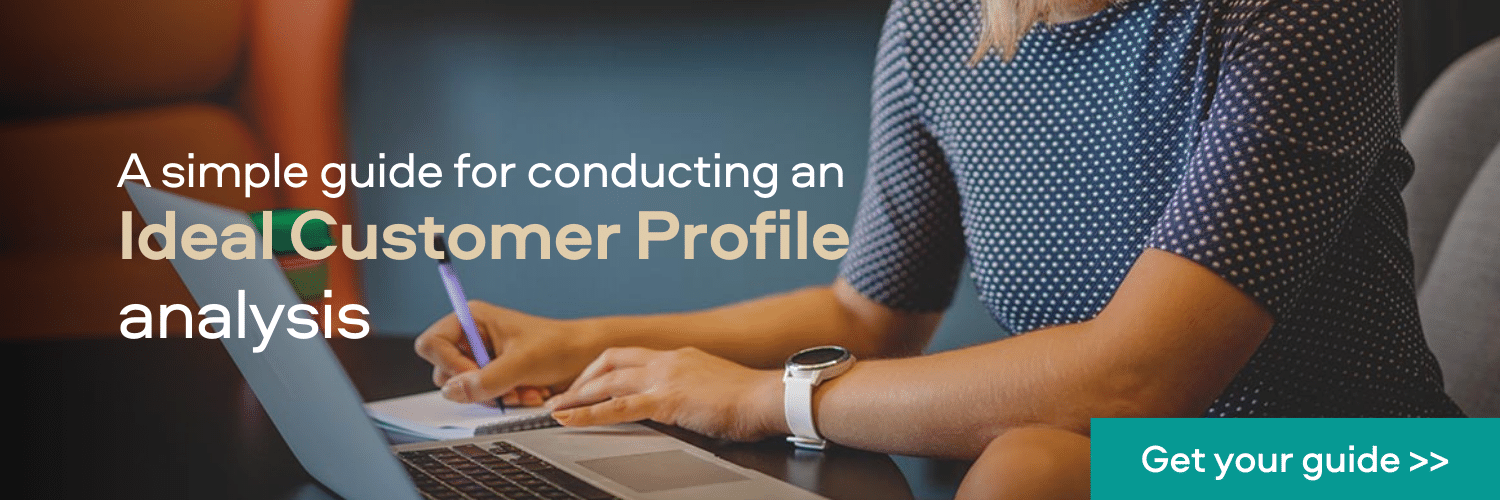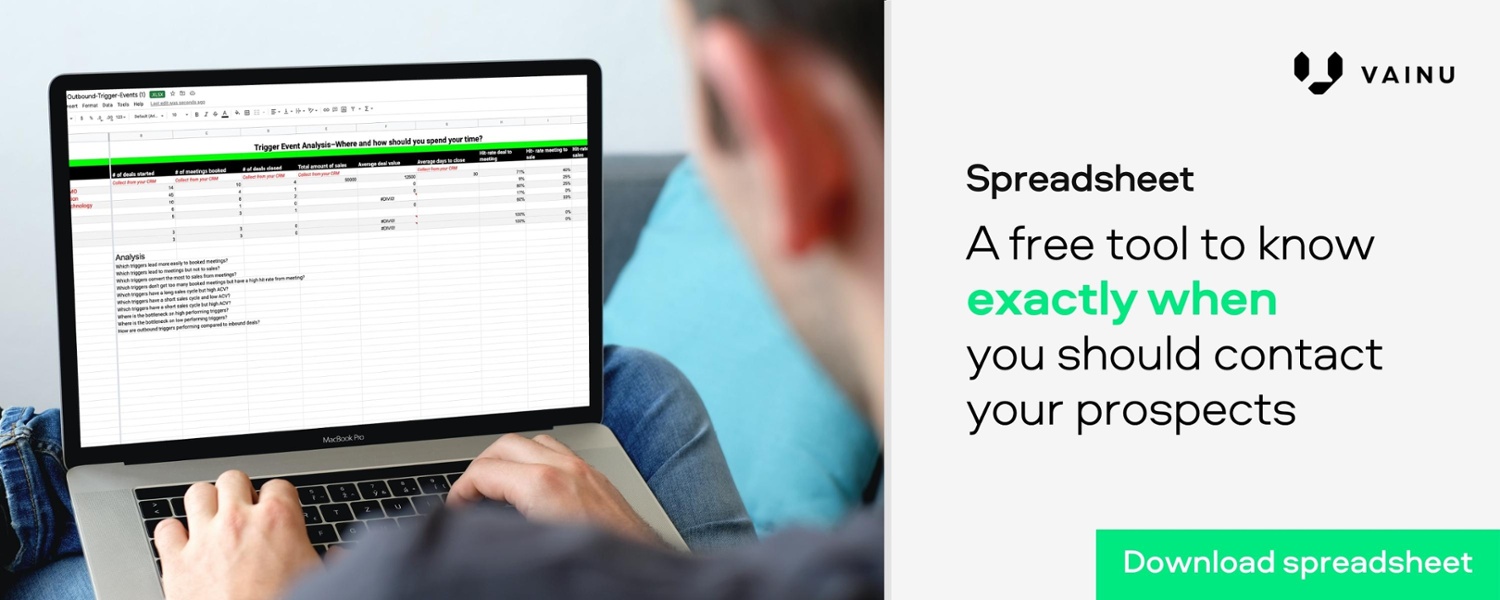Sales Pipeline: What You Need to Know to Get Started
A fun way to think about sales is as a quest. I know that might sound a little odd but, if you just bear with me, I promise the metaphor will make a lot of sense. In this fantastical metaphor, a salesperson would be the brave adventurer setting out on a perilous journey in search of fame and fortune. Now, obviously an adventurer needs many things to accomplish their quest, but there is one essential tool that is negligently underappreciated—a map. I mean, without a map, would Indiana Jones have been able to find the lost Ark? I’d venture to say that it’s doubtful.
What is a sales pipeline?
Alas, bringing it back to the realm of normality, if a hero needs of a map, doesn't a salesperson? I can sense your silent nods of agreement on the other side of the screen, so I’ll let you in on a little secret—a sales pipeline is that map for salespeople. A sales pipeline clearly outlines the different stages of the journey that a salesperson has to undertake in their quest to make a sale. It shows the salesperson where they are now, where they need to go next, and what they need to do to get there. Told you we’d get there in the end! Makes sense, right?
While I know that they might not seem like more than a formality, sales pipelines, and the effective management of them, is incredibly important for the overall performance of an organization. How important? Well, companies that reported having effective pipeline management, experienced 15% higher increase in their year-on-year revenue growth rate than companies that reported having ineffective pipeline management, so pretty important. Even more impressively, companies that reported adopting three specific pipeline management practices experienced 28% higher revenue growth. Correlation might not equal causation, but that is certainly a relationship that is worth keeping in mind.
A sales pipeline... shows the salesperson where they are now, where they need to go next, and what they need to do to get there.
How to build a sales pipeline
So, you’ve come to the realization that it’s a great idea to build a sales pipeline, and you’re raring go and formalize your sales process. But, there’s probably a single thought keeping you back: where do you even begin? Well, you’re in good hands, so you can cast your worries aside! Here are three essential stages to creating your own sales pipeline:
Identifying the steps of your sales pipeline
A good place to start is to sit down with your salespeople and ask yourselves the following question: What are the common steps that we go through when making a sale? Note the different suggestions, compare the suggestions, and then choose the ones that you think are significant.
Keep in mind that the steps should be distinct from each other and should signify a development in the salesperson’s relationship with the prospect—it’s not a step forward if nothing has changed between your so-called steps. Think of these steps as the essential milestones on the aforementioned hero’s journey.
Next, come up with some conditions that have to be met by a prospect to move them to the next step of your pipeline. So, voicemail #1 and voicemail #2, where neither have been responded to by the prospect, probably shouldn’t constitute their own steps. Instead, they might be part of the sales activities that occur during the “outreach” step.
Every should be distinct from each other and should signify a development in the salesperson’s relationship with the prospect.
Assigning sales activities to your pipeline steps
Sales activities are ultimately the things that help you move a prospect to the next step of the pipeline and closer to buying. Think about this: If one of your sales pipeline’s steps is outreach, what are the sales activities associated with this step? Do you email? Do you call? How long between emails? How long between calls? How many times do you email before you call? And so on and so forth—you get the picture.
So, you’ve got to establish sales activities for each of the pipeline steps to make sure that your salespeople always know what to do. But, at the same time, don’t be scared to experiment! Maybe, while managing your pipeline, you discover that emails are proving the most effective at moving prospects from the “outreach” step to the “first meeting” step. Why wouldn’t you use that information to update your sales activities and improve the performance of your pipeline?
If you want some more help perfecting your sales workflows then you should check out this article—it gives you a rundown of the things you really should be doing when working with B2B sales.
Determining your ideal sales pipeline size
Another question you might be asking when building a sales pipeline is: What is the amount of traffic that needs to go through our pipeline for us to achieve our desired organizational outcomes? Well, first off, hats off to you, that’s an excellent question! To get the answer, you should work backwards from your desired outcomes.
If you know that every salesperson needs to make two average-sized sales per month to achieve your desired results, how many companies do they need to contact? How many first meetings do they need to organize? How many proposals do they need to have sent out? This will require a bit of maths but, thankfully, nothing too intense! Look at the conversion rates between the steps of your sales pipeline and use these conversion rates to create targets for your salespeople. This means that you’ll need to figure how many first calls are made, how many first meetings are booked, how many second meetings are booked, how many proposals are sent, how many sales are made, etc. so that you can see the drop off between the steps. Once you have those numbers, calculating the ideal pipeline size for your salespeople should be a piece of cake!
The steps of a sales pipeline: a template
Hopefully, with the aforementioned thoughts in mind, creating your own sales pipeline won’t seem like an impossible task anymore. However, just to be on the safe side, we’ll try to give you something a bit more concrete. While the order of the steps, the number of steps, and the steps themselves may differ (take a look at this template, for example), there are some commonly used steps that could be useful to consider when building your pipeline. Here at Vainu, we’ve documented our sales pipeline in our sales playbook (here’s a template) and it looks a little something like this:
Step 1: Prospecting
This first part of our sales pipeline is all about identifying the companies that make the most sense for our salespeople to go after! Ideally, your sales prospecting method should target the companies that would benefit the most from our solution, as they would be the companies that are generally the most likely to buy our solution. If you haven’t already, now would be a good time to sit down and think about your ideal customer profile (ICP)—which companies benefit the most from your solution? What characteristics do they have in common? If you want a helping hand to start you off on the right track, read our guide to creating a top-notch ideal customer profile—it even includes a free template.
Step 2: Outreach
Once you know who it makes the most sense for you to sell to, it’s time to reach out! Obviously, it’s important to contact the right person—someone that has decision-making power and that would be able to see the utility of your solution. At Vainu, we have a routinized sales cadence when conducting outreach to make sure we actually get a hold of the people we’re targeting. In this step, use the information that you’ve gathered about the companies to prepare your sales pitch and personalize your outreach so that it is actually relevant to your potential customers (wink, wink, sales intelligence is extremely useful at this stage). Such information will definitely help you perfect your sales script.
Step 3: First Meeting (Discovery)
Based on the assumption that you’ve successfully got into contact with the potential customer and that your sales pitch got them to agree to a formal meeting, the following step is the first meeting itself! Your first meeting with a customer should above all be about getting the potential customer to understand what it is your company’s offering actually is and how that offering can be of benefit to them. On top of that, the meeting is also a chance for you to further your understanding of the potential customer, their needs, and their pain points, so that you can personalize the presentation of your offering.
Step 4: Second Meeting (Demo)
While the first meeting was all about laying the groundwork with the potential customer—helping them understand your solution and building your understanding of their needs - the second meeting is the time to showcase the value that your solution actually has to offer! With the knowledge that you’ve built about the organization from your discovery meeting, you should now be able to give a practical demonstration of how your solution can help your potential customer generate value. At the end of the day, that’s the thing that will determine whether a potential customer buys your solution—how value-adding they perceive it to be.
Step 5: Proposal
After the first two meetings, you should hopefully have been able to demonstrate just how valuable your solution is to the targeted company and convinced them that it is in their best interest to buy. Now’s the time to get down to brass tacks and talk real business, and, for that purpose, you need to prepare a formal proposal. This proposal should be as comprehensive as possible—include materials that are relevant to everything you’ve discussed with the client, i.e. outline the customer’s challenges, present product use cases that illustrate how the solution has helped, outline of how the solution can be implemented in the organization, the expected value of the solution, and, of course, the solution’s pricing. The clearer it is that the solution is a godsend for the client, the easier it will be to get them to say yes.
Step 6: Offer
Expect some back and forth as you and the client work out the details of the agreement. But, once you’re able to get to a point that both parties deem beneficial, it’s time for the agreement to be set in stone! All you've got to do is send the contract out to be signed. As soon as they’ve put pen on paper, it’s time for you to celebrate because that’s another closed deal.
To sum up
Eternal glory awaits the hero at the end of their journey. When all is said and done, building a clearly defined sales pipeline that is regularly maintained and reviewed by your salespeople is vital to the success of your company’s sales efforts. Formalizing your sales pipeline and setting the necessary structures into place may seem like a lot of work but, with the help of the resources that we’ve shared throughout this blog, you should be able to do it in no time!
If you want to know more about how Vainu can help your organization make better decisions throughout every stage of your sales pipeline, feel free to reach out to us on the chat, or request a demo.

